Yi-Tun Lin
NTIRE 2020 Challenge on Spectral Reconstruction from an RGB Image
May 07, 2020
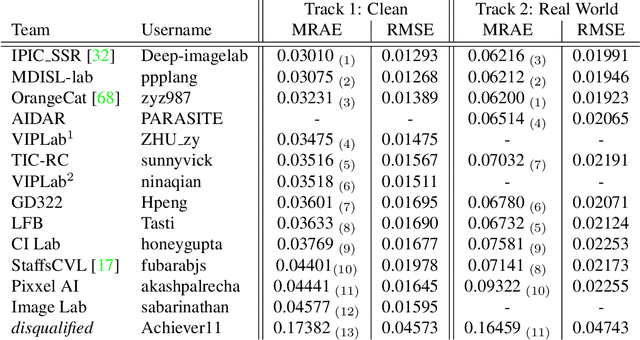


Abstract:This paper reviews the second challenge on spectral reconstruction from RGB images, i.e., the recovery of whole-scene hyperspectral (HS) information from a 3-channel RGB image. As in the previous challenge, two tracks were provided: (i) a "Clean" track where HS images are estimated from noise-free RGBs, the RGB images are themselves calculated numerically using the ground-truth HS images and supplied spectral sensitivity functions (ii) a "Real World" track, simulating capture by an uncalibrated and unknown camera, where the HS images are recovered from noisy JPEG-compressed RGB images. A new, larger-than-ever, natural hyperspectral image data set is presented, containing a total of 510 HS images. The Clean and Real World tracks had 103 and 78 registered participants respectively, with 14 teams competing in the final testing phase. A description of the proposed methods, alongside their challenge scores and an extensive evaluation of top performing methods is also provided. They gauge the state-of-the-art in spectral reconstruction from an RGB image.
Physically Plausible Spectral Reconstruction from RGB Images
Jan 02, 2020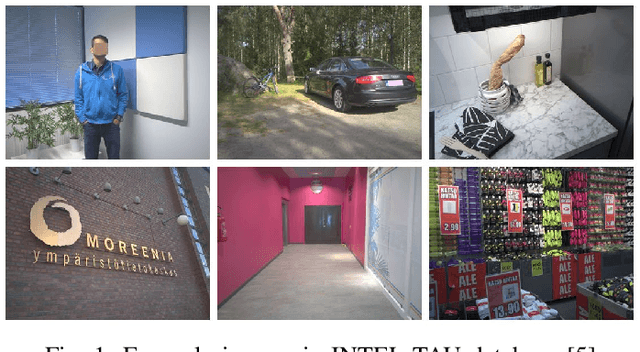
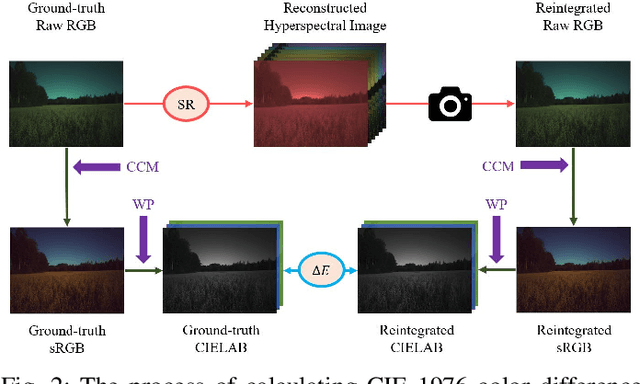
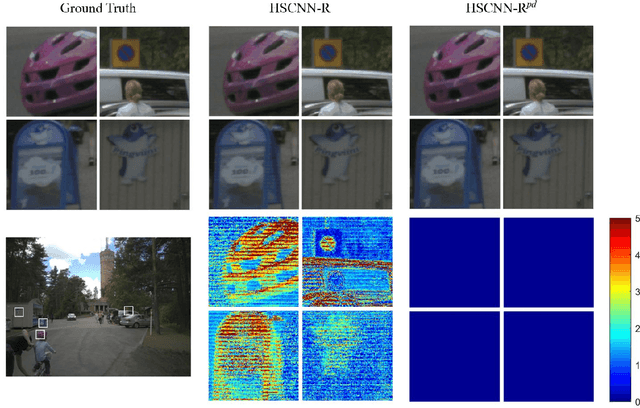
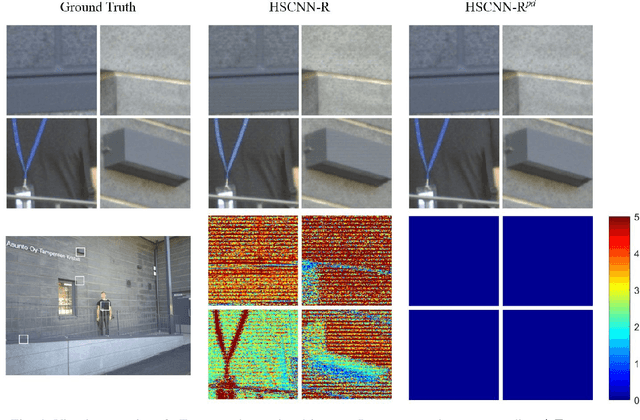
Abstract:Recently Convolutional Neural Networks (CNN) have been used to reconstruct hyperspectral information from RGB images. Moreover, this spectral reconstruction problem (SR) can often be solved with good (low) error. However, these methods are not physically plausible: that is when the recovered spectra are reintegrated with the underlying camera sensitivities, the resulting predicted RGB is not the same as the actual RGB, and sometimes this discrepancy can be large. The problem is further compounded by exposure change. Indeed, most learning-based SR models train for a fixed exposure setting and we show that this can result in poor performance when exposure varies. In this paper we show how CNN learning can be extended so that physical plausibility is enforced and the problem resulting from changing exposures is mitigated. Our SR solution improves the state-of-the-art spectral recovery performance under varying exposure conditions while simultaneously ensuring physical plausibility (the recovered spectra reintegrate to the input RGBs exactly).
 Add to Chrome
Add to Chrome Add to Firefox
Add to Firefox Add to Edge
Add to Edge